Premium Only Content
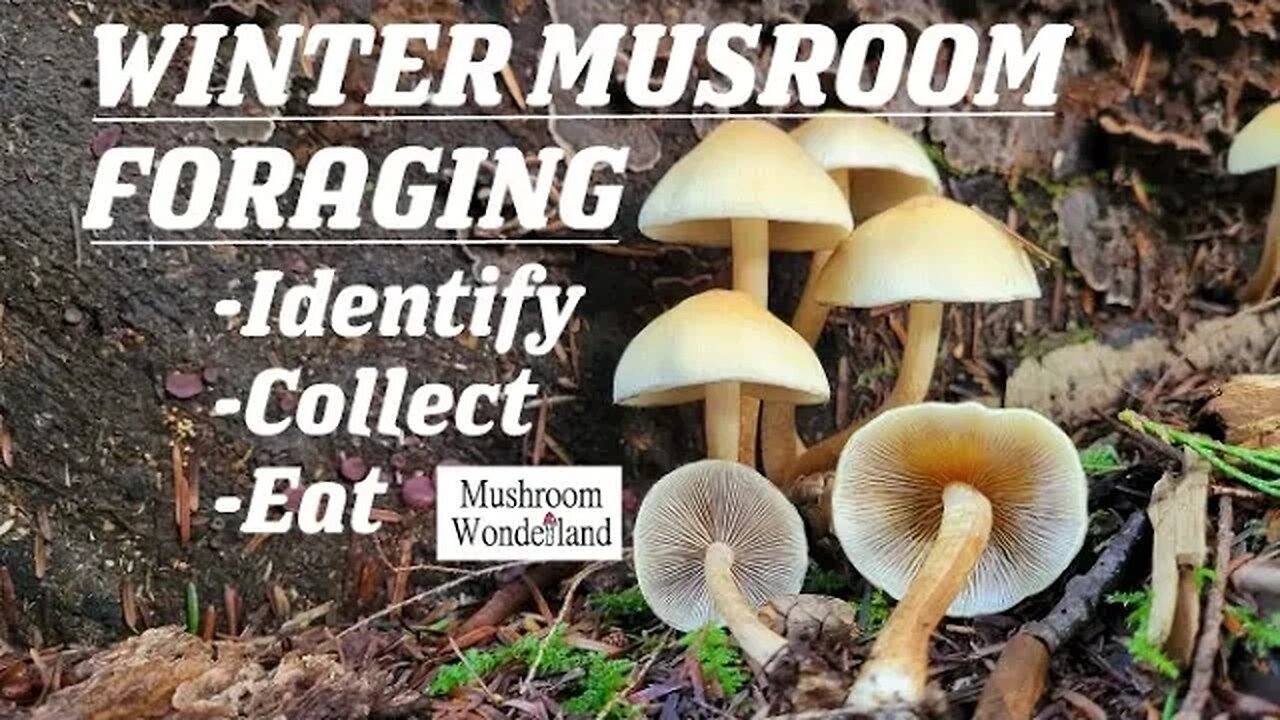
Winter Mushroom Forage- I.D., Collect, Eat!
In this video Aaron Hilliard, Vice President and program director for Kitsap Peninsula Mycological Society and creator of Mushroom Wonderland takes us on a walk into the forests of Washington state to see and identify the types of wild mushrooms growing here in the middle of the winter.
We talk about the tree conchs, some of the smaller fungi that are here helping out the ecosystem, and we find some wild edible mushrooms that we collect and take home to cook and eat.
We will take a look at Galerina vittiformis, a small woodland mushroom known for taking heavy metals out of the soil and converting contaminated substrate and turning it into usable and safe soil in a process known as mycoremediation. We look at a very special mushroom that turns the dead wood that it grows on blue/green, and is known as Chlorociboria aeruginascens. Its bi-product stained wood can be used in amazinbg crafts. We look at some saprobic wood decaying pleurotoid mushrooms that can be confused for Oyster mushrooms which there isn't too mush literature based on, known as Scytinotus longinquus. We look up close at the false turkey tail and the features that differentiate it, its known as the Stereum ostrea. We look at the "birds nest fungi," of the family Nidulariaceae, a favorite of photographers. We find and collect a late winter yummy edible, which we collect and take home to cook and eat. Its a relative of the common and quite poisonous "Sulfur Tuft" Hypholoma fasciculare but has some differences that make it fairly easy to identify. It is known as Hypholoma capnoides or the "Conifer Tuft."
Come along on a walk into Mushroom Wonderland with me to discover what's growing in the woods right now!
Please hit the subscribe button and notification bell so you know when the next video is released. As well as give a thumbs up and leave a positive comment. Mush-love to you all!
-
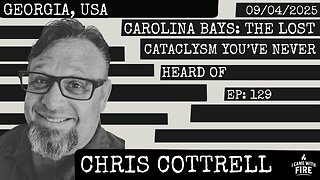 LIVE
LIVE
I_Came_With_Fire_Podcast
14 hours agoCarolina Bays: The Lost Cataclysm You've Never Heard Of
342 watching -
![Mr & Mrs X - [DS] Trafficking Empire – The Pedo Network Island, The Cover-Up: Part 2 - Ep 6](https://1a-1791.com/video/fww1/f8/s8/1/y/p/x/f/ypxfz.0kob-small-Mr-and-Mrs-X-DS-Trafficking.jpg) 59:56
59:56
X22 Report
19 hours agoMr & Mrs X - [DS] Trafficking Empire – The Pedo Network Island, The Cover-Up: Part 2 - Ep 6
77.4K28 -
 1:03:07
1:03:07
Candace Show Podcast
1 day agoI’M BACK! And STILL Asking Questions (Sorry Brigitte). | Candace Ep 233
120K213 -
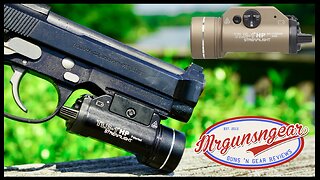 13:13
13:13
Mrgunsngear
19 hours ago $5.92 earnedStreamlight TLR-1 HP Review: Can It Dethrone Surefire?
44.4K10 -
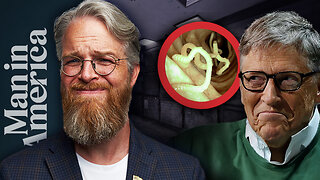 1:26:34
1:26:34
Man in America
21 hours agoExposing the Cover-Up That Could Collapse Big Medicine: Parasites
98.9K83 -
 1:12:09
1:12:09
Wendy Bell Radio
8 hours agoPet Talk With The Pet Doc
28.3K48 -
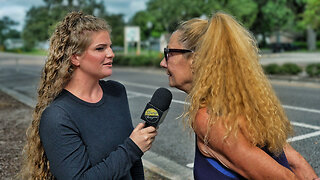 27:15
27:15
Liberty Hangout
2 days agoThe Most DELUSIONAL Democrats on Earth!
51.7K158 -
 38:41
38:41
JohnXSantos
1 day ago $1.16 earnedHow To Start A CLOTHING BRAND on a BUDGET! Step X Step (2025)
25.3K2 -
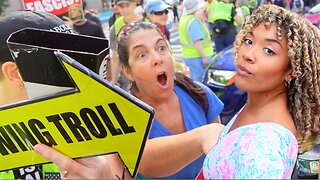 30:57
30:57
Her Patriot Voice
19 hours ago $17.26 earnedDemocrats More Unhinged Than EVER Before!
110K151 -
 29:13
29:13
Clownfish TV
1 day agoGen Z are Becoming the Boomers?! | Clownfish TV
28K41